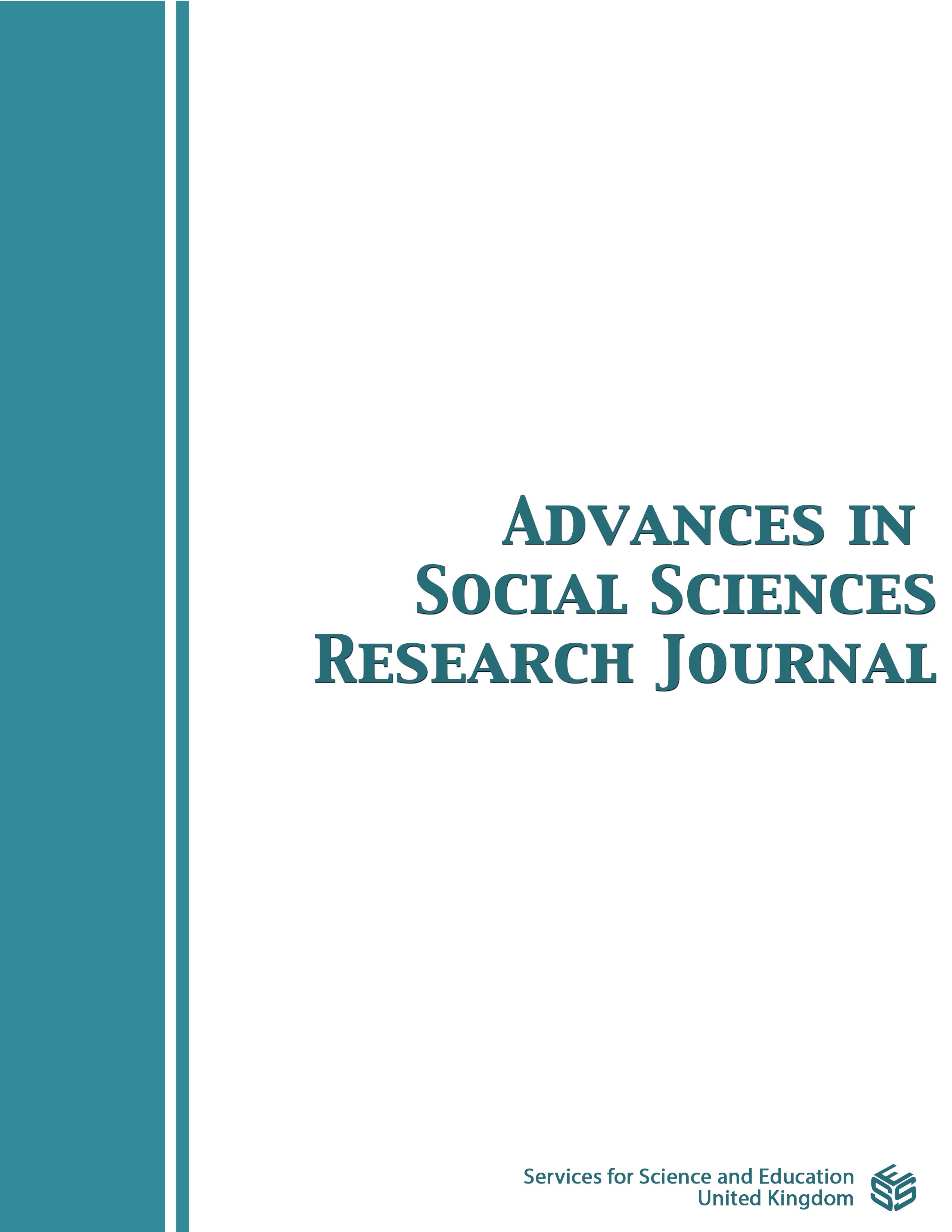Closing the Gender Gap: Women and Men Creating Social Change through Dialogue
DOI:
https://doi.org/10.14738/assrj.118.17356Keywords:
gender norms, gender reconciliation, social change, social norms, gender equity, dialogueAbstract
Gender-based conflict, violence, and inequality are intractable social problems that remain a global challenge. This study proposes a novel approach to creating social change—engaging women and men together in transformative dialogue. The study posits that gender-based inequality is deeply rooted in social norms and that dialogue between women and men can expose, challenge, and transform these norms and spark personal and social change. The study conducted interviews with two women and two men who participated in a gender reconciliation dialogue called “Gender Equity and Reconciliation International,” a facilitated process of truth-telling, witnessing, and healing that examines the lived experience of gender. With the goal of identifying new pathways toward gender equity, the study found that gender reconciliation created a rare, transformative experience where women and men gained awareness of their unconscious gender assumptions and biases. Participants valued the compassionate, empathic listening in the dialogue as they witnessed the harmful impact of gender norms on themselves and each other. Gender reconciliation left a lasting impact: the women and men forged a commitment to gender equity, developed enhanced communication skills, and initiated conversations embracing gender equity in their communities. Rather than redefining gender norms, participants emphasized that gender equity begins with recognizing the impact of social norms, respect for the experiences of men and women, and compassionate communication. For the global work to eradicate gender inequality, gender reconciliation dialogue offers a strategy to disrupt harmful social norms and engage women and men to create new pathways for social progress.
Downloads
Published
How to Cite
Issue
Section
License
Copyright (c) 2024 Konyka Dunson

This work is licensed under a Creative Commons Attribution 4.0 International License.
Authors wishing to include figures, tables, or text passages that have already been published elsewhere are required to obtain permission from the copyright owner(s) for both the print and online format and to include evidence that such permission has been granted when submitting their papers. Any material received without such evidence will be assumed to originate from the authors.






